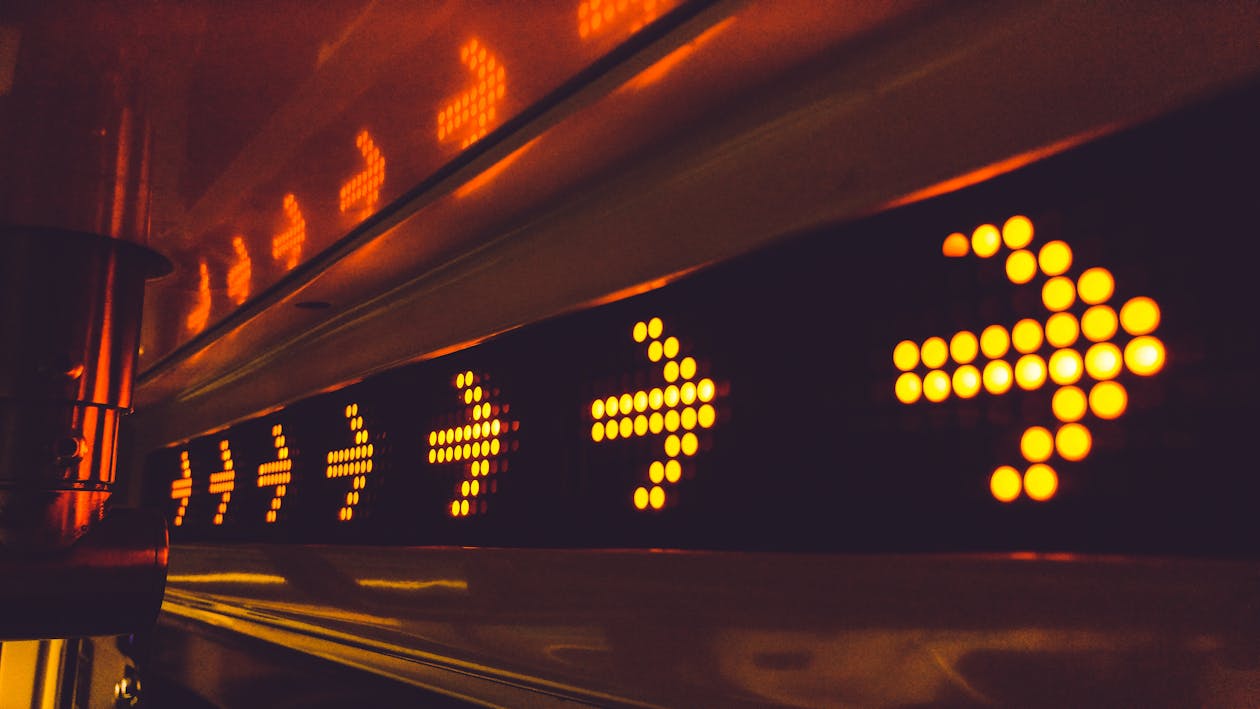🌆Korean Level 3, Activity 6: 인사동에 어떻게 가요?/ How do I get to Insa-dong?

Description:
In this activity, students will be able to provide and follow directions in groups of two. They will also learn how to interpret subway line network maps and discuss when to get off at certain stations.
Semantic Topics:
direction(방향), right(오른쪽), left(왼쪽), turn(돌다), transfer(환승), bus(버스), subway(지하철), ask(묻다)
Idaho State World Language Standards:
- COMM 1.1: Interact and negotiate meaning (spoken, signed, written conversation) to share information, reactions, feelings, and opinions.
- COMM 1.2: Understand, interpret, and analyze what is heard, read, or viewed on a variety of topics.
- COMM 1.3: Present information, concepts, and ideas to inform, explain, persuade, and narrate on a variety of topics using appropriate media in the target language.
- CLTR 1.1: Analyze the cultural practices/patterns of behavior accepted as the societal norm in the target culture.
- CLTR 1.2: Explain the relationship between cultural practices/behaviors and the perspectives that represent the target culture’s view of the world.
NCSSFL-ACTFL World-Readiness Standards:
- Standard 1.1: Students engage in conversations, provide and obtain information, express feelings and emotions, and exchange opinions.
- Standard 1.2: Students understand and interpret spoken and written Korean on a variety of topics.
- Standard 1.3: Students present information, concepts, and ideas in Korean to an audience of listeners or readers on a variety of topics.
- Standard 2.1 Students demonstrate an understanding of the relationship between the practices and perspectives of Korean cultures
NCSSFL-ACTFL Can-Do Statements:
- I can ask for directions when I am lost.
- I can give simple directions to a nearby location.
- In my own and other cultures, I can identify familiar landmarks and monuments and what they represent to people.
Materials Needed:
- Landmarks Map– Retrieved from Korea Tourism Organization
- Google Slides
- Dry Erase Markers
Warm-Up:
오늘의 학습목표를 소개하는 것으로 수업을 시작하세요.
- Today we are going to learn how to give someone direction when they are lost. And learn how to use public transportation in Korea.
- 오늘은 다른 사람이 길을 잃었을 때 어떻게 길을 알려줄 수 있는지 알아볼 거예요. 그리고 한국에서 대중교통을 어떻게 이용하는지도 배워봅시다.
학생들은 캠퍼스 내의 건물에서 다른 건물에 어떻게 가는지 이야기합니다.
- Do you have to go straight or turn right to go to the science building from the math building?
- 수학 건물에서 과학 건물에 가려면 직진해야 돼요 아니면 우회전해야 돼요?
3. Ask the location of the building in relation to another building.
한 건물 근처에 있는 다른 건물의 위치에 대해 물어보세요.
If students need some assistance getting the discussion going, use the questions below.
학생들이 대화하는 것에 있어서 도움을 필요로 한다면 아래의 질문을 이용하세요.
- What is the building in front of the math building?
- 수학 건물 앞에 있는 건물은 무슨 건물 이예요?
- What is the building next to the music building?
- 음악 건물 옆에 있는 건물은 무슨 건물 이예요?
Main Activity:
1. Hand out the laminated map of landmarks to students as well as a dry erase marker.
학생들에게 코팅된 랜드마크 지도와 마커를 나눠주세요.
2. The students will be given their start location and their destination.
학생들에게는 출발 위치와 그들의 목적지가 주어집니다.
- cosmetic shop –> hospital 화장품 가게 –> 병원
3. Starting from their initial location, the students will practice giving directions to the destination based on the map.
학생들은 지도를 바탕으로 출발 위치로부터 목적지로 가는 길을 알려주는 연습을 합니다.
- To go to the hospital from the cosmetics store, head straight toward Gwanghwamun and turn left before the US Embassy Seoul.
- 화장품 가게에서 병원에 가려면 광화문 쪽으로 쭉 직진하다가 주한 미국 대사관이 나오기 전에 좌회전을 하세요.
4. As students are providing direction, another student will be following along by drawing lines on his map. This will ensure that the students are giving the correct information, and it will also ensure the students can understand the directions being given to them.
한 학생이 길을 알려주면 다른 학생은 지도에 선을 그으며 따라가세요. 이것은 학생들이 정확한 정보를 제공하는 것을 확실히 합니다. 또한 학생들이 자신에게 주어진 방향을 이해할 수 있도록 합니다.
5. Repeat step 3 and 4 with a different start location and destination, having students swap roles.
학생들이 역할을 바꾸도록 하면서 다른 시작 위치와 목적지에서 스텝3와 스텝4를 반복하세요.
6. When students had sufficient practice, we will discuss the significant landmarks on the map.
학생들이 충분한 연습을 했다면 지도에 있는 중요한 랜드마크에 대해 이야기합시다.
- ex)Discuss its historical significance-광화문
7. Lastly, we will talk about the subway network in Korea and how we interpret the lines.
마지막으로, 한국의 지하철과 어떻게 지하철 라인을 알아보는지 이야기 합시다.
- Where should I change from Myeong-dong Station to Gangnam Station?
- 명동역에서 강남역으로 가려면 어디에서 갈아타야 돼요?
Wrap-Up:
Ask the following questions to finish the lab(이 질문으로 랩을 마무리하세요):
- (If you travel to Korea later, where would you like to go? Why do you want to go?)
나중에 한국에 여행을 간다면 어디에 가보고 싶나요? 가고 싶은 이유는 뭔가요? - (How will you get to where you want to go? Should I take the bus or subway?)
여러분이 가고 싶은 곳에 어떻게 갈 건가요? 버스나 지하철을 타야 되나요? - (What would you do if you saw someone lost?)
만약에 길을 잃은 사람을 본다면 어떻게 할 건가요?
End of activity:
- Read Can-Do statements once more and have students evaluate their confidence.
- (Use thumbs up/thumbs down or download our student cards.)
- Encourage students to be honest in their self-evaluation.
- Pay attention, and try to use feedback for future labs!
NCSSFL-ACTFL Can-Do Statements:
- I can ask for directions when I am lost.
- I can give simple directions to a nearby location.
- In my own and other cultures, I can identify familiar landmarks and monuments and what they represent to people.

